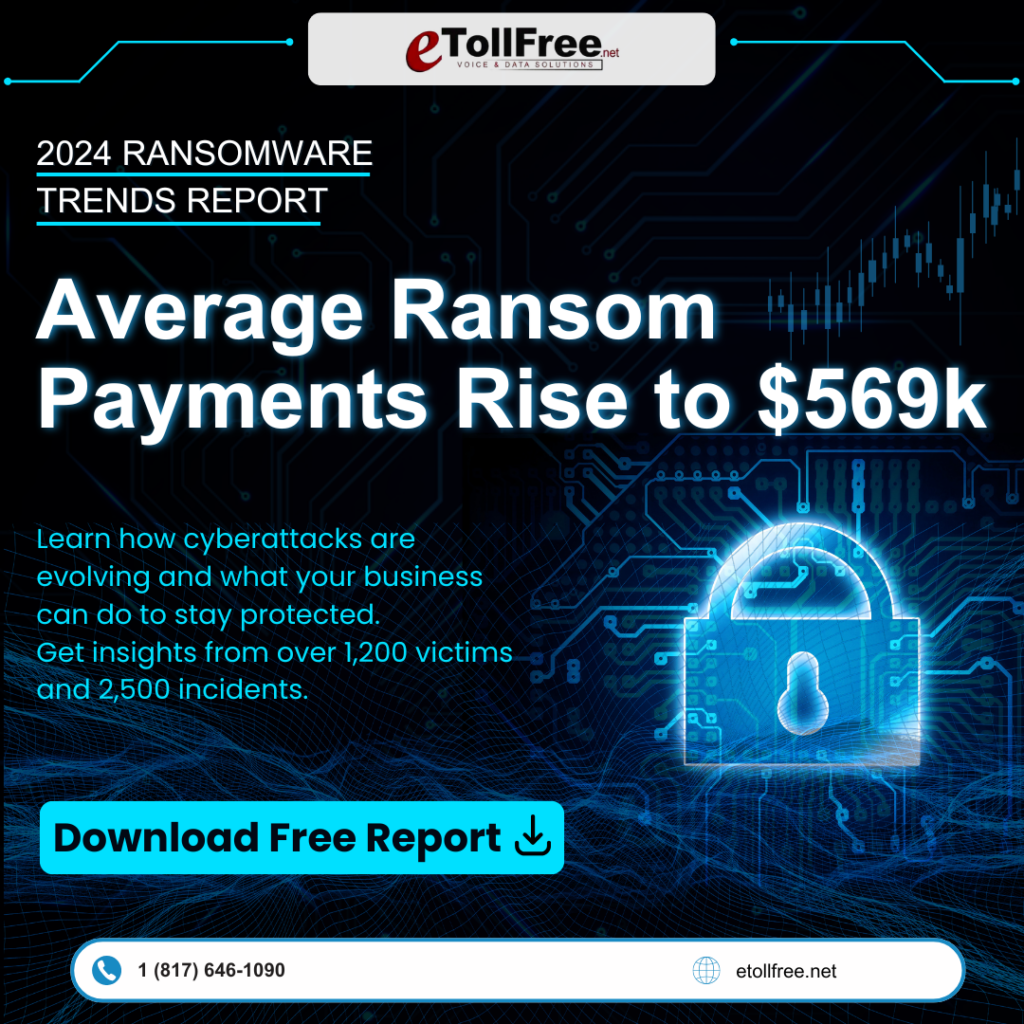Navigating Cybersecurity in 2025: A Guide for Small Business Owners
In the digital age, cybersecurity in 2025 is a critical concern for businesses of all sizes. However, it is particularly pressing for small and medium-sized enterprises (SMEs) which often lack the resources and expertise available to larger organizations. According to recent research by Kordia, there is an alarming trend: a significant increase in AI-driven cyber attacks targeting Kiwi businesses. Consequently, the surge in these sophisticated attacks underscores the urgent need for robust cybersecurity measures. This article provides an overview of the evolving threat landscape and outlines practical steps that small business owners can implement to bolster their cybersecurity defenses.
The Evolving Cyber Threat Landscape
The Rise of AI-Powered Attacks
According to Kordia’s New Zealand Business Cyber Security Report, nearly two-thirds of surveyed organizations experienced a cyber incident in the past year, with AI-powered attacks becoming increasingly common. Significantly, these attacks are not only more sophisticated but also harder to detect, making them a considerable threat to businesses that may not have the necessary safeguards in place.
Common Threats: Phishing and Beyond
Phishing remains one of the most prevalent tactics used by cybercriminals. Notably, enhanced by artificial intelligence, phishing attempts can now closely mimic internal communications, making them difficult for employees to recognize and prevent. By creating fake emails that appear trustworthy and urgent, attackers exploit human emotions to gain unauthorized access.
Preparing for Cyber Attacks
Layered Defense Systems
A multi-layered defense strategy, similar to James Reason’s Swiss Cheese Model, is recommended. Consequently, this approach encourages combining different protective measures to cover potential vulnerabilities, thus forming a more resilient barrier against cyber threats. Key components of a layered defense include technology, visibility, and, crucially, human awareness.
Importance of Reporting and Testing
Regular reporting of cyber risks to company boards and conducting penetration tests (simulated cyber attacks) are pivotal in identifying and addressing system vulnerabilities. Nevertheless, the Kordia survey reveals that a significant portion of businesses neglect these practices, often due to cost concerns or lack of awareness. However, penetration tests serve as essential digital health checks and should be prioritized.
Best Practices for Cybersecurity
Cybersecurity Awareness Training
Education is a powerful tool in combating cyber threats. Regular training sessions, including practical phishing exercises, can significantly bolster employees’ ability to recognize and respond to cyber threats. Therefore, these training initiatives should be held at least once or twice a year to maintain vigilance.
Password Hygiene and Email Protection
Encouraging employees to use unique, complex passwords and implementing multi-factor authentication are critical to safeguarding sensitive data. Simultaneously, investing in email protection tools that leverage AI to detect potential threats can further diminish the risk of phishing attacks.
Incident Response and Communication
Conducting annual incident response tabletop exercises helps prepare teams to handle real threats effectively, fostering ‘muscle memory’ in crisis situations. Additionally, clear and prompt communication with clients and stakeholders in the event of a security breach is vital to maintaining trust and minimizing damage.
The Path Forward for SMEs
Until stronger cybersecurity regulations are enforced, SMEs have the opportunity to proactively prioritize cybersecurity in 2025. Identifying critical digital assets and focusing on protecting them is a prudent approach. Moreover, free resources like the New Zealand government’s Own Your Online initiative offer valuable guidance to businesses and individuals on adopting effective cybersecurity practices.
Resources
For further information and resources, the following link may be helpful:
- Horizon Computer Solutions has published an article titled The Most Dangerous Cyber Threats to Watch for in 2025. This article, written by Carla Trobak and published on January 23, 2025, delves into anticipated cybersecurity threats for 2025 and provides additional strategies to mitigate the risks of cybercrime.
In conclusion, cybersecurity in 2025 is an ongoing commitment that requires a collaborative effort from all employees. By taking proactive steps today, small business owners can significantly enhance their defenses against the ever-evolving landscape of cyber threats.















